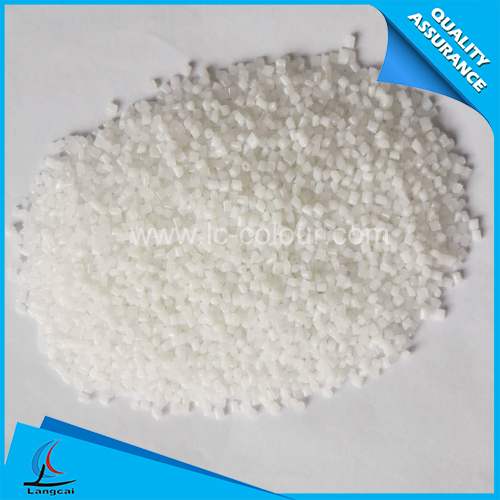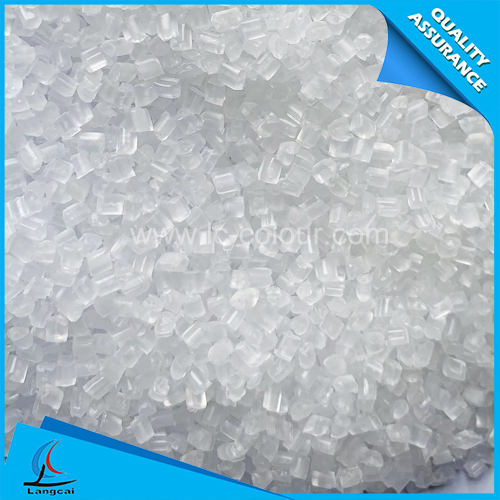- Nonwoven Fabrics
- Tailor Made Masterbatch
- Plastic Masterbatch
- Chemical Fiber Masterbatch
- Functional Masterbatch
- Machinery
- Spunbond PP Nonwoven Masterbatch
- Mono Color Masterbatch
- Liquid Color Masterbatch
- Non-woven Masterbatch
- Polyester Fiber Masterbatch
- Nylon Fiber Masterbatch
- Polypropylene Fiber Masterbatch
- Lab Nonwoven Machine
- Lab BCF Machine
- Dryer
- Filler Masterbatch
- The 2025 International Textile Innovation Conference will be held in Keqiao, Shaoxing on November 5th
- Unveiling the core components of Mono Color Masterbatches!
- Why choose Mono Color Masterbatches? The four core advantages are irreplaceable
- The adjustment of the global industrial chain has forced the upgrading of the risk prevention and control model
- What is a Complex masterbatch? What are the outstanding advantages?
- With weak US cotton and increased domestic supply, can the upward trend continue in the future?
- Phone:00836 - +86-535-8484358
- Email:wendy@ytlc-colour.com
- Address:DALAN INDUSTRIAL PARK, ZHANGXING TOWN, ZHAOYUAN CITY, SHANDONG, CHINA
The chemical fiber masterbatch coloring process is a new technology developed in the 1970s. At present, 90% of foreign plastic products are colored by this process. The chemical fiber masterbatch coloring process has the following characteristics: good dispersibility, uniformity of pigment particle fineness, about 1 μm or less, avoiding oxidation reaction of pigment particles in contact with air at the molding temperature; simple coloring operation, easy color matching, and different chromatograms can be replaced Masterbatch; can be mixed with other additives (such as flame retardant, anti-aging agent, etc.) to prepare masterbatch with special properties, no dust pollution, the essence of the operating environment.
The organic pigments produced during the synthesis process have fine particles and high surface energy, and are easily aggregated into larger-sized blocks during post-treatment such as filtration and drying. Pigments for preparing masterbatches, unless they are easily dispersible pigments that have been subjected to a specific surface treatment, are coated on the particle surface by grinding, pulverizing or adding a good fluidity to prevent the particles Poly. The treated pigment is mixed with the carrier resin at a melting temperature, and is radially and axially mixed by an extruder to uniformly disperse the pigment particles in the carrier, and the body resin and the colored resin are melted at the molding temperature. When the carrier resin of the color masterbatch carries the organic pigment particles with good compatibility, it is uniformly dispersed in the colored resin and colored.
The above is the coloring process of chemical fiber masterbatch.
- Unveiling the core components of Mono Color Masterbatches!
- The 2025 International Textile Innovation Conference will be held in Keqiao, Shaoxing on N
- Why choose Mono Color Masterbatches? The four core advantages are irreplaceable
- The adjustment of the global industrial chain has forced the upgrading of the risk prevent
- What is a Complex masterbatch? What are the outstanding advantages?
- With weak US cotton and increased domestic supply, can the upward trend continue in the fu
- Yantai Liangcai Plastic Technology Co., Ltd. specializes in the production of Monochromati
- The predicament of Sino-US trade and exchange rate fluctuations
- Yantai Liangcai empowers the new future of fiber colors with high-quality polyester fiber
- What impact will the implementation of the Federal Reserve's interest rate cut have on the


